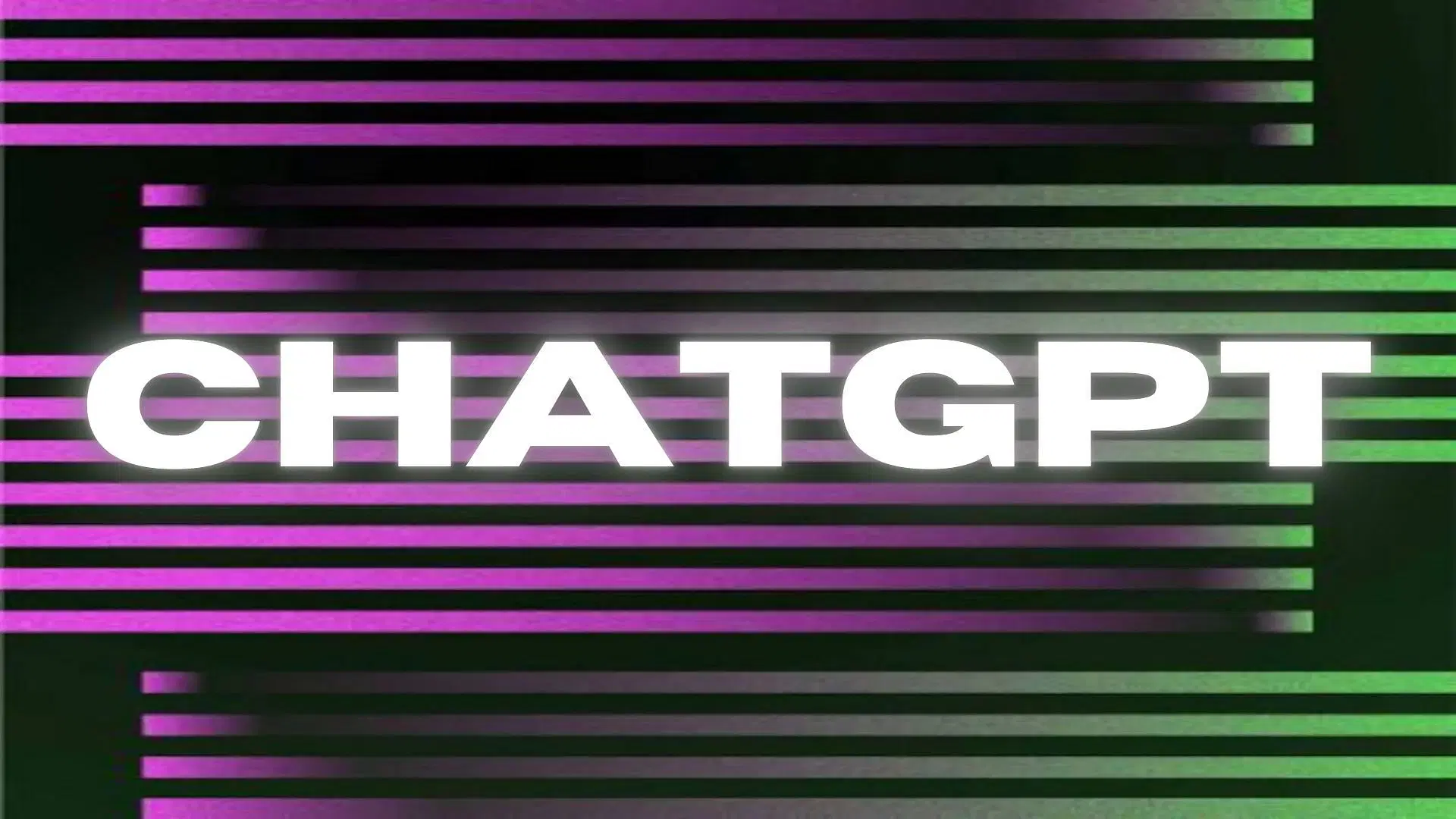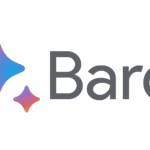
OpenAI introduces an AI-powered automated software called ChatGPT, fine-tuned from a model in the GPT-3.5 series. ChatGPT was created to be a great language model chatbot with long-form question-answering AI that conversely resolves difficult questions. It’s remarkably a ground-breaking technology that is built with the ability to understand what people mean when they ask questions.
According to OpenAI, “ChatGPT is a trained model which interacts in a conversational way. The dialogue format makes it possible for ChatGPT to answer follow-up questions, admit its mistakes, challenge incorrect premises, and reject inappropriate requests. ChatGPT is a sibling model to InstructGPT, which is trained to follow instructions in a prompt and provide a detailed response.”
ChatGPT is a trained model which interacts in a conversational way. The dialogue format makes it possible for ChatGPT to answer follow-up questions, admit its mistakes, challenge incorrect premises Share on X
ChatGPT was trained using Reinforcement Learning with Human Feedback (RLHF), an additional training layer. ChatGPT can be referred to as a large language model (LLM) trained with massive volumes of data to accurately predict what word will appear next in a phrase. This massive volume of data features code and information from the internet, including sources like Reddit discussions, to help ChatGPT learn dialogue and attain a human style of responding.

According to Stanford University, “GPT-3 has 175 billion parameters and was trained on 570 gigabytes of text. For comparison, its predecessor, GPT-2, was over 100 times smaller at 1.5 billion parameters. This increase in scale drastically changes the behaviour of the model — GPT-3 is able to perform tasks it was not explicitly trained on, like translating sentences from English to French, with few to no training examples. This behaviour was mostly absent in GPT-2. Furthermore, for some tasks, GPT-3 outperforms models that were explicitly trained to solve those tasks, although in other tasks it falls short.”
The advanced AI tool was built by OpenAI, headquartered in San Francisco. OpenAI Inc. is the non-profit parent company of the for-profit OpenAI LP. The well-known DALL·E deep learning model is a product of OpenAI, which creates images from text prompts. Sam Altman, who was formerly the president of Y Combinator, is the CEO of the company. Software giant – Microsoft is a partner and investor in the amount of $1 billion dollars. Both companies have jointly developed the Azure AI Platform.
ChatGPT Advanatges
Natural language processing – ChatGPT can converse with users and comprehend natural language. Compared to traditional chatbots, which frequently have poor comprehension of what the user is saying, this is a significant advantage.
Wide range of functions – The tool is far more versatile than merely a search engine. It is able to carry on discussions, respond to queries, and even crack jokes. It is therefore an extremely adaptable instrument.
Easy to use – It’s really simple to utilize ChatGPT. To communicate with the tool, the user merely needs to ask a query or issue a command. There are no challenging options or commands to learn.
Limitations of ChatGPT
OpenAI in its announcement explains the limitations, “ChatGPT sometimes writes plausible-sounding but incorrect or nonsensical answers. Fixing this issue is challenging, as:
(1) during RL training, there’s currently no source of truth;
(2) training the model to be more cautious causes it to decline questions that it can answer correctly; and
(3) supervised training misleads the model because the ideal answer depends on what the model knows, rather than what the human demonstrator knows.” and more
In order for the AI to improve its question-answering capabilities and learn from its errors, OpenAI is eager to receive feedback about the chatbot. “We’re eager to collect user feedback to aid our ongoing work to improve this system.” As a result, it’s currently available for users to test out and provide feedback on the responses. There is currently a contest with a prize of $500 in ChatGPT credits to encourage the public to rate the responses. OpenAI says “you can choose to enter the ChatGPT Feedback Contest3 for a chance to win up to $500 in API credits. Entries can be submitted via the feedback form that is linked in the ChatGPT interface. Users are encouraged to provide feedback on problematic model outputs through the UI, as well as on false positives/negatives from the external content filter which is also part of the interface.”
The Practicality of ChatGPT
ChatGPT can be tried now for free now at chat.openai.com, user types something into the text field and then expects a response from the software. It is capable of creating content in the form of short stories, poems, songs, and even code. ChatGPT is transformed from a source of information to a tool that may be used to complete a task thanks to its proficiency in following instructions. It can therefore be used to write an essay on just about any subject. ChatGPT can be used as a tool to create articles or even book-length outlines. Almost any assignment that can be answered with the written word will have a response from it.

Will ChatGPT Replace Google Search?
Big question but the answers aren’t quite definite. For those who make their job as search marketing experts, the possibility that a question-and-answer chatbot would eventually replace Google is terrifying. It has spurred debates in online communities for search marketing, such as the well-known Facebook SEOSignals Lab, where someone questioned whether or not search queries may shift away from search engines and toward chatbots.
Although, Google has already developed a similar AI chatbot called LaMDA. An engineer at Google asserted that LaMDA was sentient since the performance of the chatbot was so similar to a human discussion.
So far Google is hesitant to make LaMDA and other AI programs available to the general public for fear of losing its credibility and due to the bias and toxicity, the AI apps are filled with. Another factor could be that the bots are unsuitable for delivering digital adverts, which generate more than 80% of the business’s income. According to New York Times report, Amr Awadallah CEO of Vectara, say “Google has a business model issue. If Google gives you the perfect answer to each query, you won’t click on any ads.”
However, considering the limitations of Google search, what ChatGPT is posing to Google is an existential threat and slowly becoming a kind of challenge to the existing chatbots in the market. After carefully using ChatGPT, the worry over chatbots taking the role of search engines is not baseless. Although ChatGPT is envisioned as a tool that the public will eventually have to pay to use which might limit its use later. The use of ChatGPT is currently free as of the time of this publication. Considering it’s still in its infant stage, the technology still has a long way to go in terms of efficiency, but it is conceivable to picture a search future that is dominated by chatbots like ChatGPT. Surprisingly the acceptance has been massive, within the first five days since it was opened to the public, ChatGPT has received over a million registration from users.
Ever since ChatGPT debuted, users have been trying everything from producing sonnets about string cheese to Twitter code, fake and real, to faux corporate memos. Given the quality of responses varies from what a typical Google answer would give, it is pretty much reasonable that Google is panicking over this chatbot’s performance. ChatGPT holds the potential to literally wipe out the search box concept making internet search essentially a voice-based search.
ChatGPT holds the potential to literally wipe out the search box concept making internet search essentially a voice-based search. Share on X
Remember times when all you needed as an answer for a Google search was, an ‘irrelevant question’? Well, Google so far didn’t bother to address this issue and so is having nerve-breaking moments now. According to Analytic Insight, Google’s approach has always been incremental, unlike OpenAI’s aggressive push towards making new products. Building a product over the years is one thing and overhauling it in face of disruptive technology is quite another, if not impossible.
Google is to host a major conference in the month of May, supposedly releasing new AI prototypes and products. According to the New York Times Report, it is about to release its chatbot as a cloud computing service for outside businesses, including trust and safety standards for official products and a few prototypes which do not meet the standards with an accompanying warning. As Margaret O’Mara, a professor at the University of Washington who specializes in the history of Silicon Valley puts it, “For companies that have become extraordinarily successful doing one market-defining thing, it is hard to have a second act with something entirely different”, Google perhaps is willing to walk in the trodden path, in the given short time span.
Discover more from TechBooky
Subscribe to get the latest posts sent to your email.













